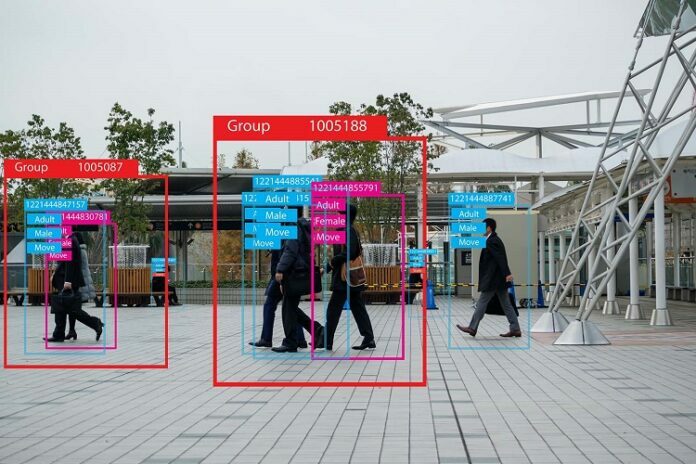Image recognition is a smart technology that have started to appear in communication departments. It is a technology that links the real to the virtual. It is still quite new and may take a long time to develop due to certain technical constraints but companies and retailers can already take advantage of it. Indeed, to implement the recognition of images, it is necessary to have a database containing plans of each product, each consumer must be able to access the system.
Table of Contents
The Main Business Uses of Image Recognition
The first use which particularly facilitate the task of sales managers is the manipulation of the scanners, code bars or 2D codes. A CPG image recognition also allows you to scan objects to land directly on a page that reveals the characteristics of the product. Plus, IR technology is the perfect tool to obtain cultural or commercial information of a new kind. In other words, if your company works in retail, it is highly advised to include image recognition in your marketing strategy. Image recognition also can be used in the field of marketing studies to analyze the facings and the linear, as well as the presence of a brand on social networks. Besides, it permits to establish advertising monitors and a price comparison.
The Advantages of Image Recognition in Marketing?
Using image recognition is an efficient way to bring the virtual closer to reality and it is an important asset nowadays. Moreover, it allows multi-channel campaigns, the perfect mean to broaden your range of customers. In retail sector, it can promote impulse buying in different stores. On the other hand, IR technology allows companies to enter into the purchasing decision process. As far as the clients are concerned, this innovative solution allows them to manipulate the products. Thus, they can place orders from the images, for example. Image recognition can also be considered as an animation aspect that values the customer.
How to Use Image Recognition Efficiently?
Image recognition refers to technologies that identify places, logos, people, objects, buildings and many other variables in images. Users share large amounts of data through apps, social networks, and websites. In addition, mobile phones equipped with cameras allow the creation of an unlimited number of images and digital videos. The large volume of digital data is used by different companies to provide better and smarter services to those who access it.
IR technology is part of computer vision and an interesting process for identifying and detecting an object. Computer vision is a broader term that includes methods for collecting, processing, and analyzing real-world data. The data is highly dimensional and produces digital or symbolic information in the form of decisions. In addition to image recognition, computer vision also includes event detection, object recognition, learning, image reconstruction, and video tracking.











